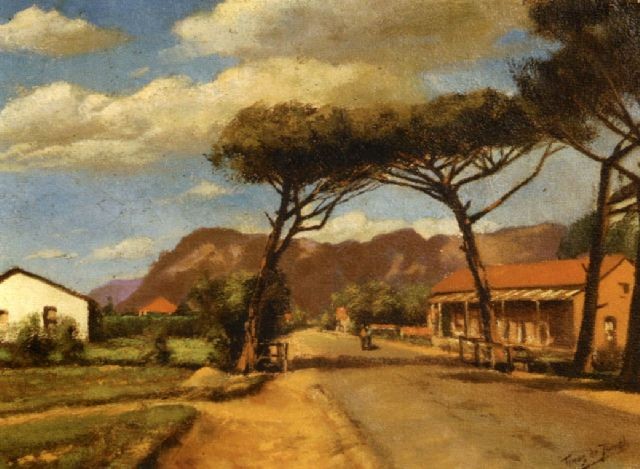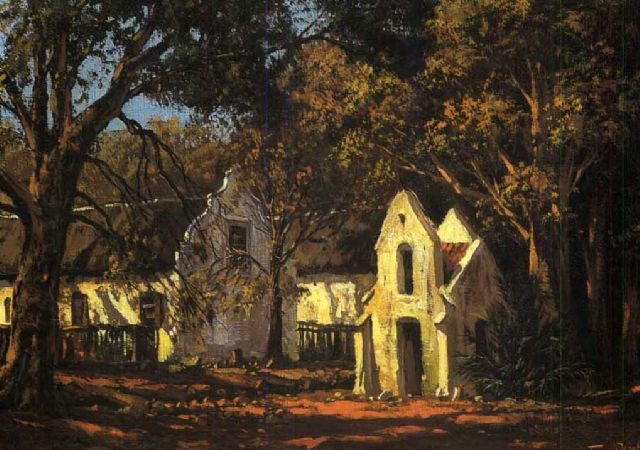Martinus Johannes “Tinus” de Jongh (1885-1942)
Get a De Jongh Certificate of Authenticity for your painting (COA) for your De Jongh drawing.
For all your De Jongh artworks you need a Certificate of Authenticity (COA) in order to sell, to insure or to donate for a tax deduction.
Getting a De Jongh Certificate of Authenticity (COA) is easy. Just send us photos and dimensions and tell us what you know about the origin or history of your De Jongh painting or drawing.
If you want to sell your De Jongh painting or drawing use our selling services. We offer De Jongh selling help, selling advice, private treaty sales and full brokerage.
We have been authenticating De Jongh and issuing certificates of authenticity since 2002. We are recognized De Jongh experts and De Jongh certified appraisers. We issue COAs and appraisals for all De Jongh artworks.
Our De Jongh paintings and drawings authentications are accepted and respected worldwide.
Each COA is backed by in-depth research and analysis authentication reports.
The De Jongh certificates of authenticity we issue are based on solid, reliable and fully referenced art investigations, authentication research, analytical work and forensic studies.
We are available to examine your De Jongh painting or drawing anywhere in the world.
You will generally receive your certificates of authenticity and authentication report within two weeks. Some complicated cases with difficult to research De Jongh paintings or drawings take longer.
Our clients include De Jongh collectors, investors, tax authorities, insurance adjusters, appraisers, valuers, auctioneers, Federal agencies and many law firms.
We perform Tinus de Jongh art authentication, appraisal, certificates of authenticity (COA), analysis, research, scientific tests, full art authentications. We will help you sell your Tinus de Jongh or we will sell it for you.

De Jongh was one of South Africa’s most popular painters. Self-taught, he began his career as a decorator in Holland and then pursued painting full-time. He achieved some note when the Stedelijk Museum in Amsterdam purchased one of his early pictures. He arrived in South Africa in 1921, practicing a sober style within the Dutch tradition typified by still life with birds and hare. The light and landscape of South Africa soon caused him to abandon his muted palette in favor of more saturated colors. His formulaic approach to painting Cape landscapes with gabled farmhouses created such a demand that he abandoned his considered brushwork in favor of a broader palette knife technique. His etchings sold in the hundreds through his dealer, Louis Woolf.

In 1934, controversy arose from allegations that Woolf had forged the artist’s signature on thousands of them. De Jongh’s sentimental variations of the Cape landscape attracted many admirers, much to the dismay of some. In 1929, W.H. Hill, a Durban art critic, wrote: “Mr. de Jongh wears a Van Dyke beard, he affects a black velvet jacket and brown trousers, and he lives at ‘Rembrandt House’. His four pictures are what one would expect from a gentleman who wears a Van Dyke beard and commits other crimes enumerated. He sees South Africa through a beautiful haze of crushed strawberry jam and some of the clots of yellow on his canvas must be at least a quarter of an inch thick.”

Still wondering about an African painting in your family collection? Contact us…it could be by Tinus de Jongh.
Reviews
1,217 global ratings
5 Star
4 Star
3 Star
2 Star
1 Star
Your evaluation is very important to us. Thank you.
